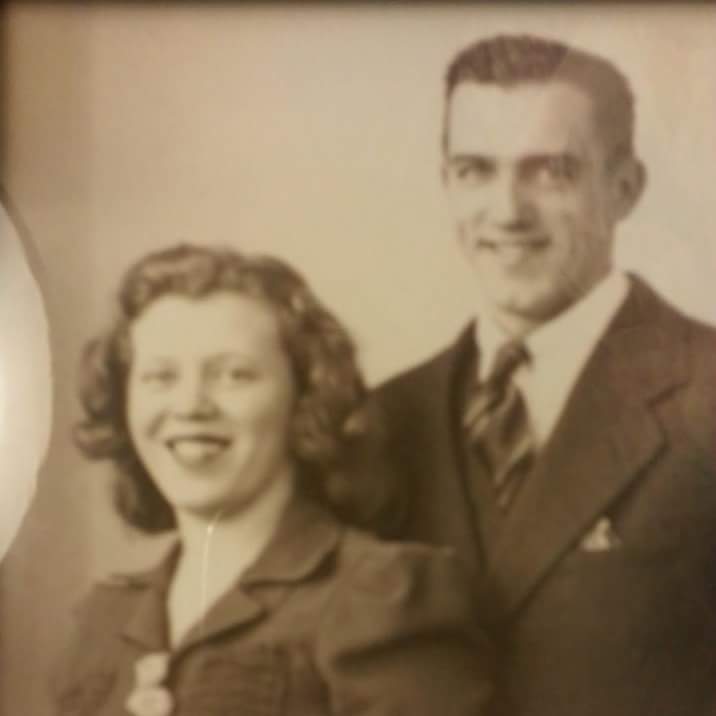Many Americans have ancestors who fought and died for these United States, but sadly many people don’t vote. In this post, I’d like to introduce you to Richard Pattee (Pettee, Petty, Petit, etc.). He is my 6th great-grandfather on my mother, Avis’ side. Avis is the daughter of Norval Smith, who is the son of Emma Jane Storer, who is the daughter of Robert Storer, who is the son of Mary Petit, who is the daughter of Edward Petit, son of Richard Pattee. So, if you know how you’re related to Mom, you can see the line back to Richard.
Richard was born September 7, 1720 in Haverhill, Essex County, Massachusetts, then a British colony. His parents were Richard Pattee and Susanna Beale. On February 17, 1743, he married Mary Clark in Metheun, Massachusetts. They had 11 children: Edward (1744-1830), Miriam (1746-1749), Peter (1748-1800), Mary (1750-1817), Richard (1752-1822), William (1754-1834), James Paul (1756-1849), Asa Dustin (1759-1812), Louisa Ann (1761-?), Loami (1762-1832), and John (1768-1838).
Richard and his brother Seth served during the French and Indian War. As veterans of this war, they were granted land in the “Coos”. Richard was again called to duty. He was a Sergeant in Colonel Nathaniel Meserve’s regiment from March 5 to November 5, 1757. They were stationed at Ft. William Henry. Ten thousand French soldiers and Indians from Canada set siege to the fort and it was surrendered on August 10, 1757. They were released by the French and while leaving by the Old Military Road to Ft. Edward , they were attacked by the Indian allies of the French. Approximately 185 men were killed. Richard returned to his farm in Salem, New Hampshire. For more information on this battle please see https://www.penn.museum/sites/expedition/the-massacre-at-fort-william-henry/
Richard was again called to action. On June 16, 1775, over one thousand militiamen from the colonies marched to the area they thought was Bunker Hill, but turned out to be Breed’s Hill. They had orders to fortify the hill, although reasons for this action are not entirely clear. The men worked frantically throughout the night, using dirt, fence posts and stone to make breastworks. In the morning, the British began firing on them with canon from their ships in the harbor. One man was decapitated while working to build the breastworks. There was a hay field between the British and the hill where the militia were dug in. The field became a hazard to the British. They came up the hill, closely packed together the first two times. The colonists began firing at about 50 yards and many British soldiers fell. The British retreated twice to regroup and got a bit smarter the third time up the hill and marched up in well spaced columns, making them harder to hit. The colonists were running low on ammunition and the British made it over the ramparts and there began hand to hand combat with rocks being thrown by the colonists and they also used their muskets like clubs. The British soldiers had bayonets fixed to their muskets and finally overwhelmed the colonists.
In two hours, 1054 British soldiers were killed or wounded, while the colonists lost over 400 men. Richard Pattee was one of the colonists who was injured. It is said that his sons, James Paul and William were nearby and took him home. Richard died of those injuries and his will was probated September 25, 1776. You can read more about the Battle of Bunker Hill here: https://www.smithsonianmag.com/history/the-true-story-of-the-battle-of-bunker-hill-36721984/
When you vote, or if you choose not to exercise your right to vote, remember that your ancestor, Richard Pattee, died from wounds inflicted by the British at the Battle of Bunker Hill on June 1775. He literally died to help found this nation.
Vote like your ancestors died for it!











